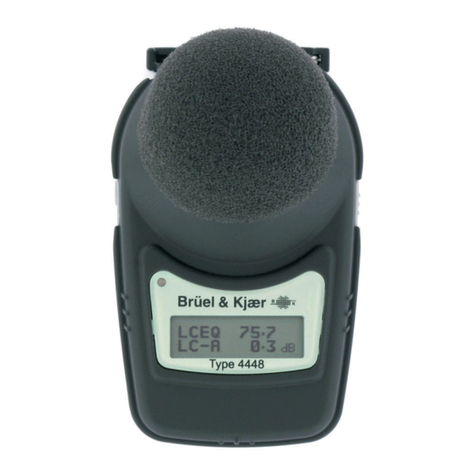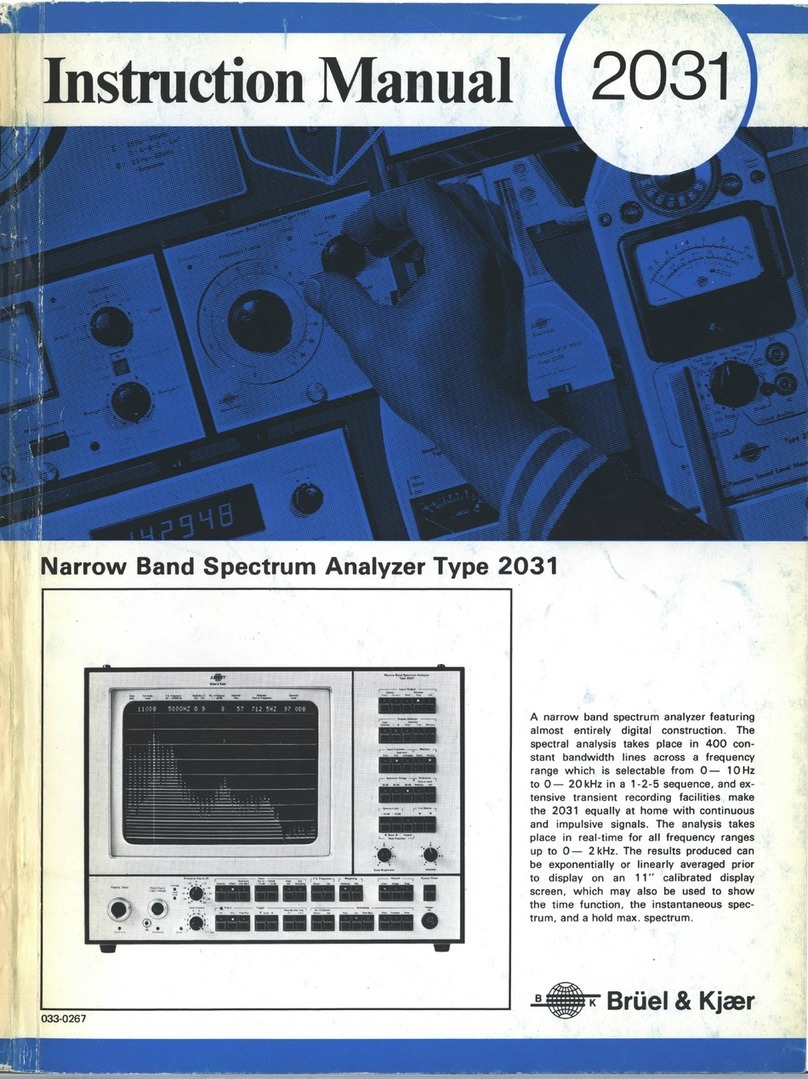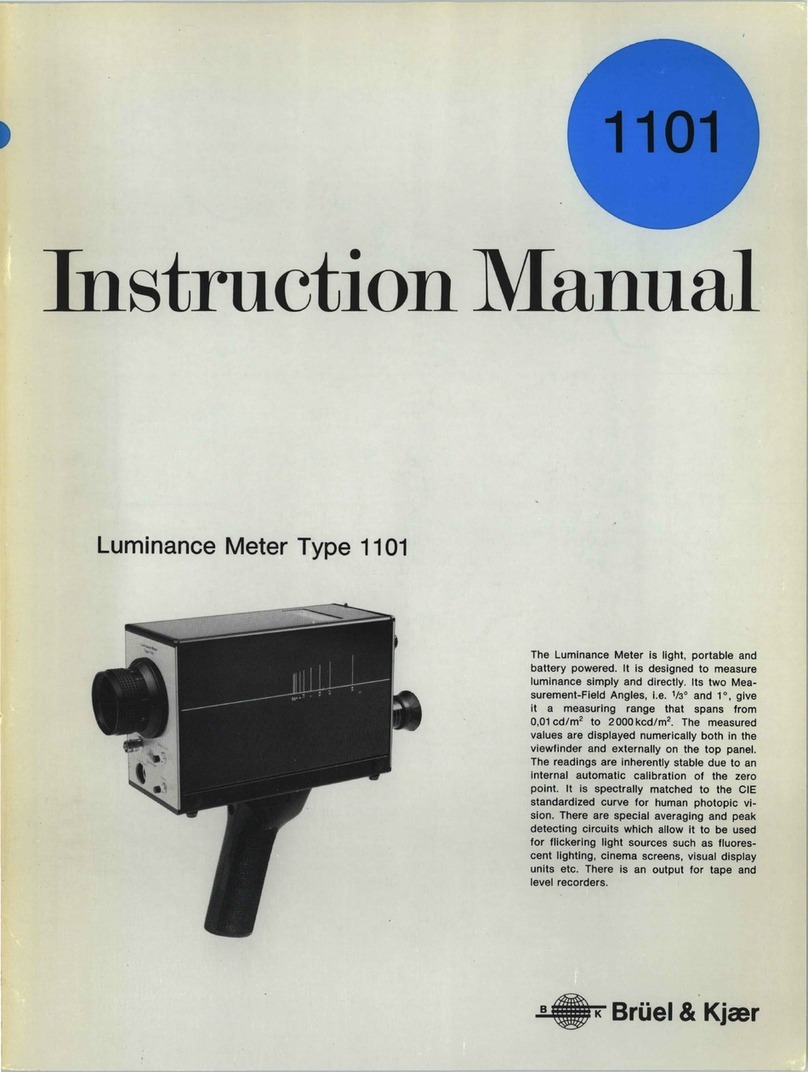BRUEL & KJAER 4824 User manual
Other BRUEL & KJAER Measuring Instrument manuals

BRUEL & KJAER
BRUEL & KJAER 2209 User guide

BRUEL & KJAER
BRUEL & KJAER 4152 User guide
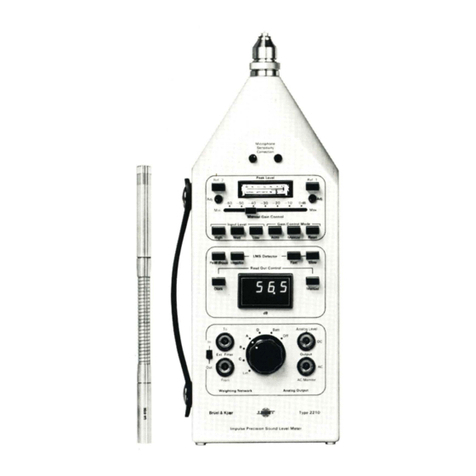
BRUEL & KJAER
BRUEL & KJAER 2210 User manual
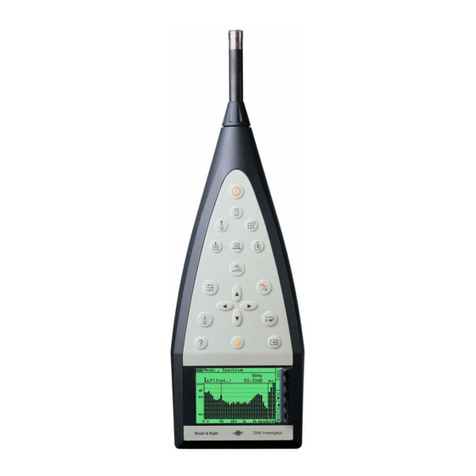
BRUEL & KJAER
BRUEL & KJAER 2260 User manual

BRUEL & KJAER
BRUEL & KJAER HBK Z6AM User manual
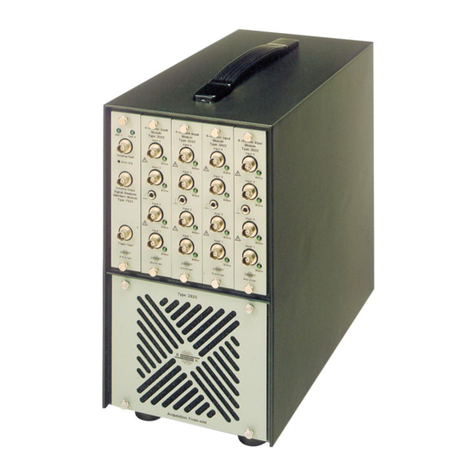
BRUEL & KJAER
BRUEL & KJAER 2825 User manual
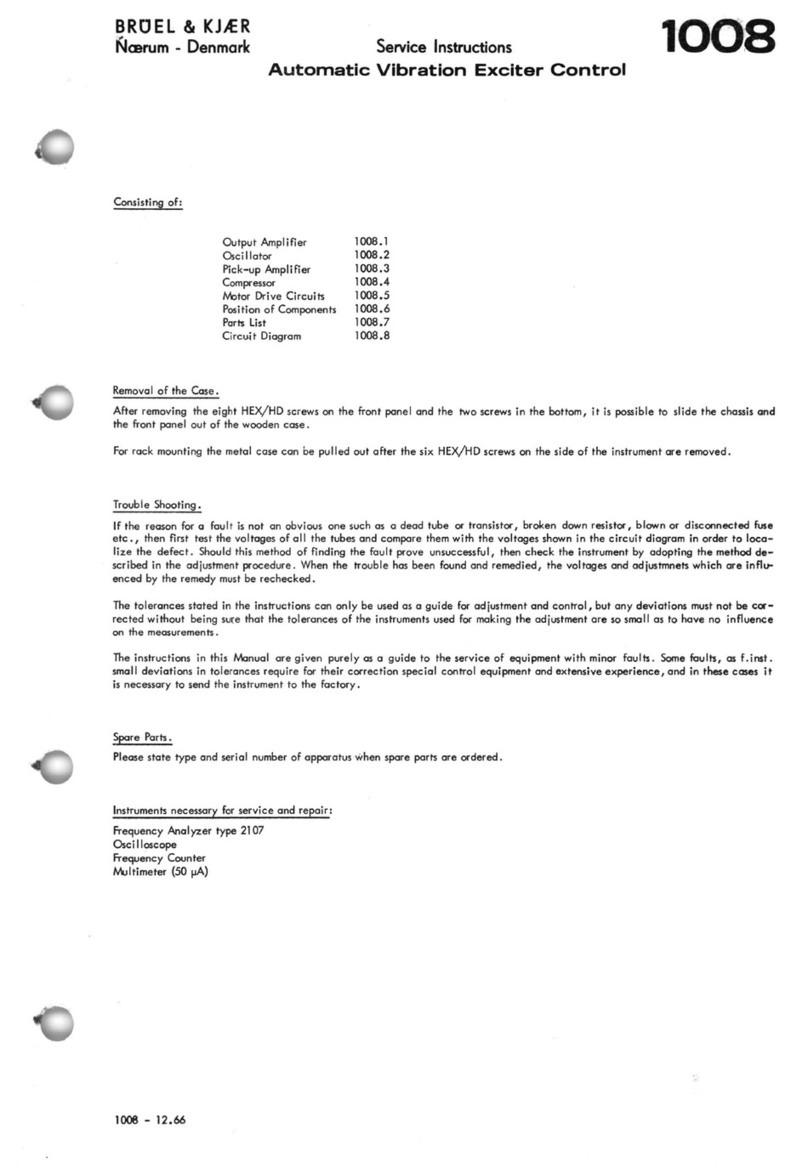
BRUEL & KJAER
BRUEL & KJAER 1008 Operating instructions
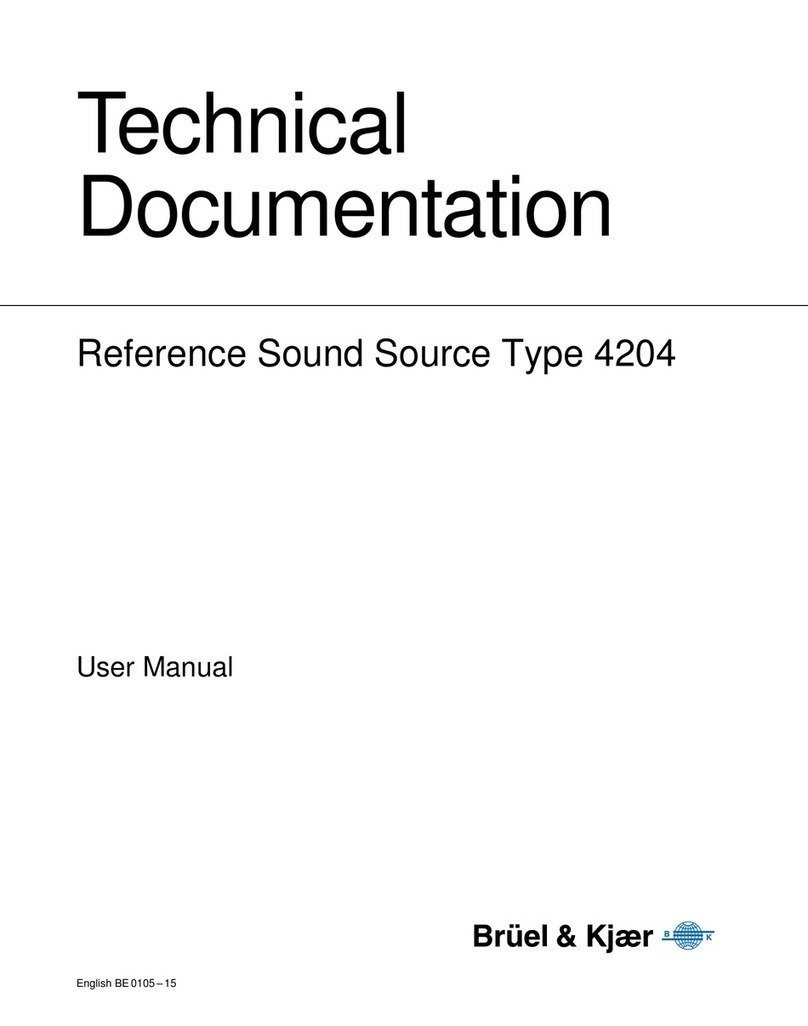
BRUEL & KJAER
BRUEL & KJAER 4204 User manual
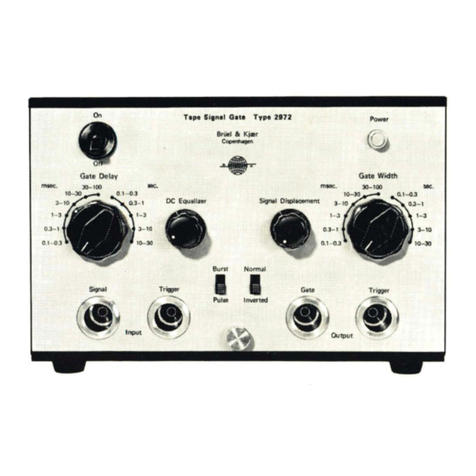
BRUEL & KJAER
BRUEL & KJAER 2972 User guide
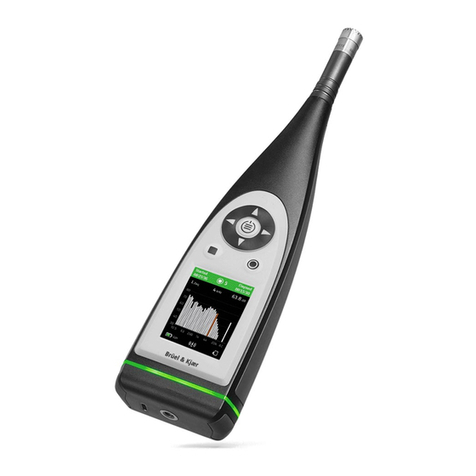
BRUEL & KJAER
BRUEL & KJAER 2245 User manual
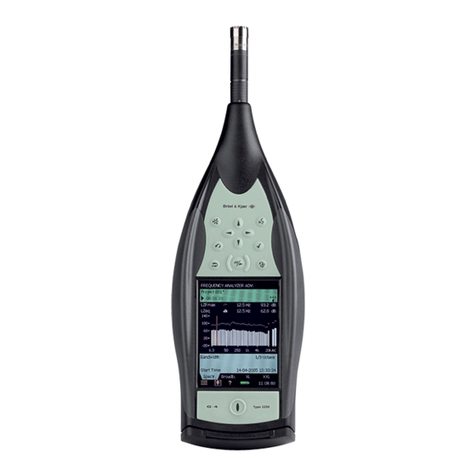
BRUEL & KJAER
BRUEL & KJAER 2250 Operation manual
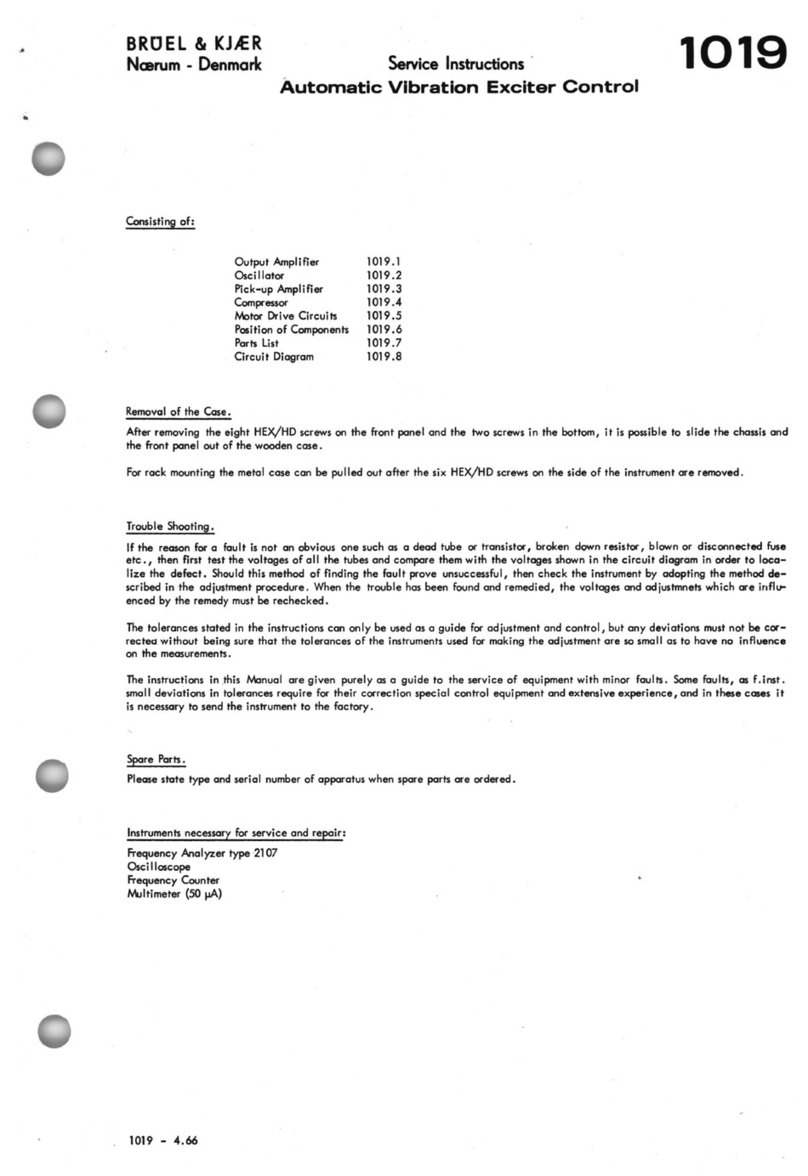
BRUEL & KJAER
BRUEL & KJAER 1019 Operating instructions
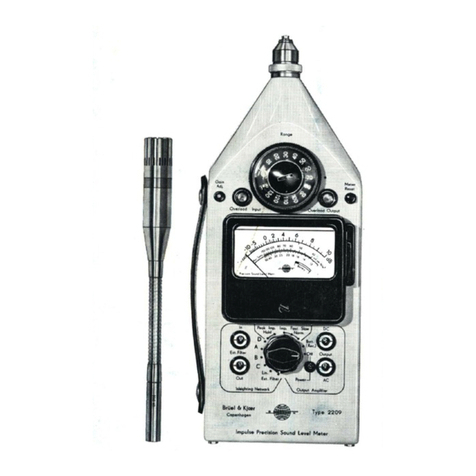
BRUEL & KJAER
BRUEL & KJAER 2209 Assembly instructions
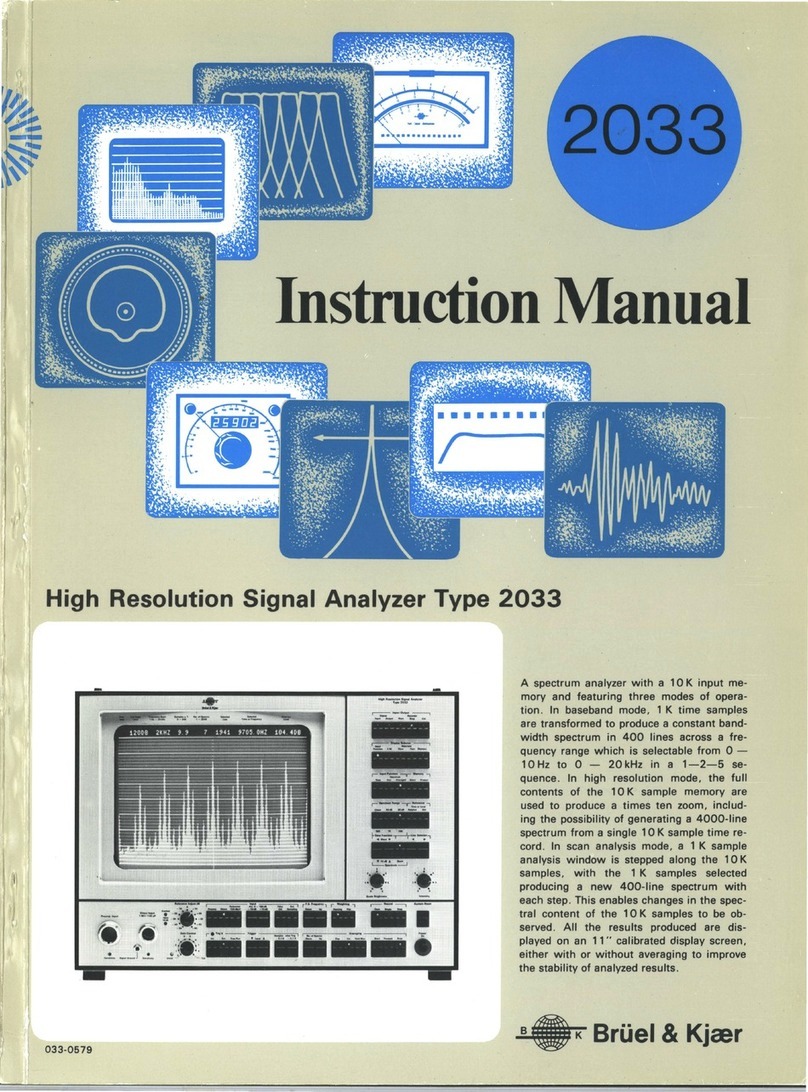
BRUEL & KJAER
BRUEL & KJAER 2033 User manual

BRUEL & KJAER
BRUEL & KJAER 2245 User manual
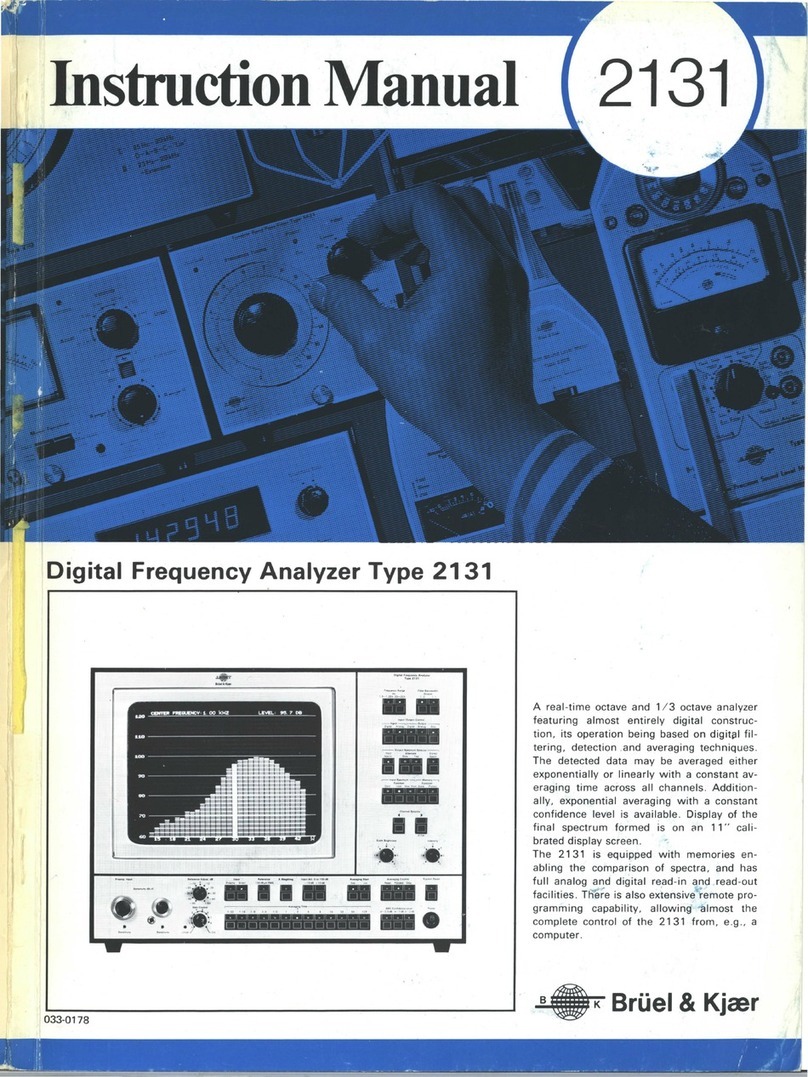
BRUEL & KJAER
BRUEL & KJAER 2131 User manual
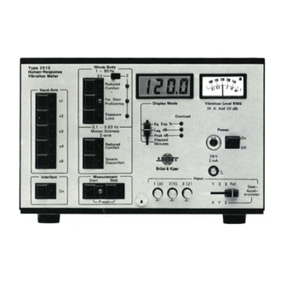
BRUEL & KJAER
BRUEL & KJAER 2512 User manual

BRUEL & KJAER
BRUEL & KJAER 2607 User guide

BRUEL & KJAER
BRUEL & KJAER 1625 User manual
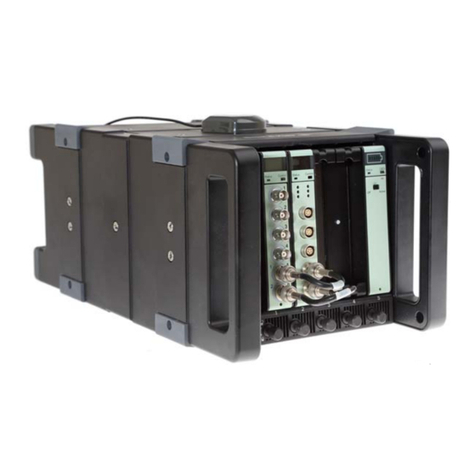
BRUEL & KJAER
BRUEL & KJAER PULSE 7788 Guide
Popular Measuring Instrument manuals by other brands

Powerfix Profi
Powerfix Profi 278296 Operation and safety notes

Test Equipment Depot
Test Equipment Depot GVT-427B user manual

Fieldpiece
Fieldpiece ACH Operator's manual

FLYSURFER
FLYSURFER VIRON3 user manual

GMW
GMW TG uni 1 operating manual

Downeaster
Downeaster Wind & Weather Medallion Series instruction manual

Hanna Instruments
Hanna Instruments HI96725C instruction manual

Nokeval
Nokeval KMR260 quick guide

HOKUYO AUTOMATIC
HOKUYO AUTOMATIC UBG-05LN instruction manual

Fluke
Fluke 96000 Series Operator's manual

Test Products International
Test Products International SP565 user manual

General Sleep
General Sleep Zmachine Insight+ DT-200 Service manual
